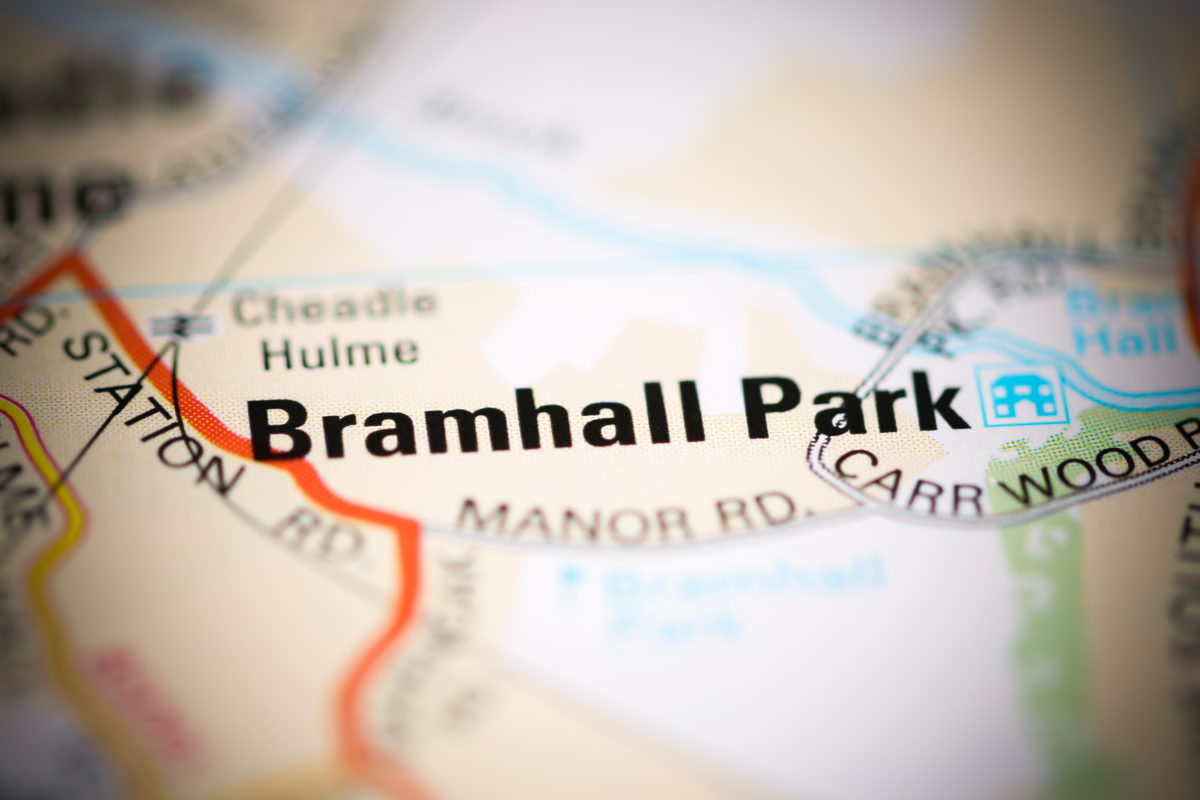How to protect your home against fraudsters.
A house is probably the most valuable asset you’ll ever own and is certainly likely to be the most emotive if it’s your home and you’ve loved it for many years. Whether it’s your nest, or your nest egg it can be difficult to know if you’re doing everything possible to protect it from fraudsters. Here, Samantha Greenhalgh offers her three top tips for protecting your property if the title is registered with the Land Registry.
1. Keep the address for service up to date. The address for service is the contact details Land Registry hold for each registered property owner. This information appears in the Proprietorship Register of each property title under Part B. The details given in this section of the title register are those used by Land Registry to contact the property owner should the need arise. This address should be the house in which you reside and will be present to collect correspondence, so not necessarily the property address itself if you rent out a house to tenants. Email addresses can be used too so you’re not restricted to just a postal address. You can specify the address for service in the transfer deed upon purchase of the property. If you’ve moved and need to update this information, an application can be submitted to Land Registry. If the address for service is not your current address, you risk missing important correspondence which could be an alert to nefarious activity. If you’re unsure of your address for service, download the title register from Land Registry (at the current cost of £3.00) to make sure it’s right.
2. Consider placing a non-resident owner restriction on the title register. This restriction is relevant for properties in which the registered owner does not live, such as vacant or tenanted properties. A restriction is a barrier to sale and will require additional action to comply with the requirements stated in the given wording. A non-resident owner restriction requires a certificate from a Solicitor, attesting the identity of the person who has executed the transfer deed on the part of the seller. The Solicitor must confirm, in their personal capacity, that the person who has executed the transfer deed is the same person as the registered proprietor. Such a restriction places a higher onus on lawyers acting for sellers and requires a more in-depth investigation into the seller’s identity prior to completion of a transaction.
3. Utilise the Land Registry’s Property Alert Service. This is a free property monitoring service for anyone who is concerned about fraudsters targeting their home. It involves creating a property alert account with Land Registry (properyalert.landregistry.gov.uk) and adding the property in question. Land Registry will then alert the account holder if any activity occurs, such as submission of an application to transfer, or create a mortgage. Having created an account, if you receive contact from Land Registry about any of these activities and they do not involve you as the home owner, you should act without delay as it could indicate criminal behaviour. The alert email will provide details of what to do and who to contact if you are suspicious. The property alert service allows up to ten properties on a single account, therefore this could be a useful way of monitoring the property of an elderly, or dependent relative to give them peace of mind.
By Samantha Greenhalgh










